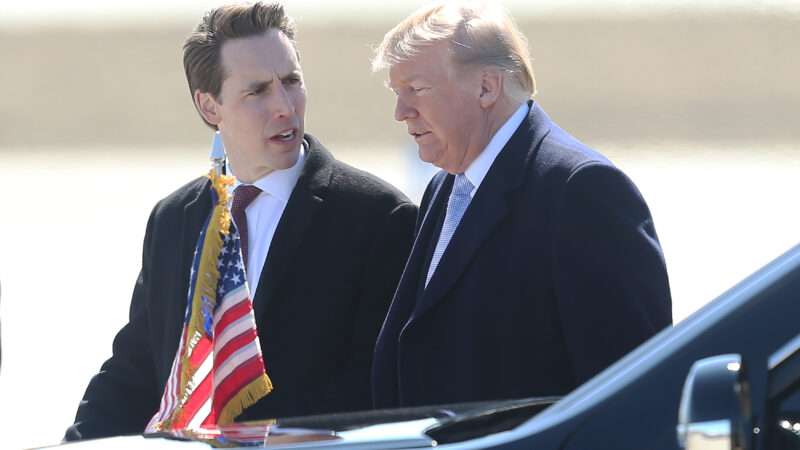
The Department of Justice announced Tuesday that it’s closing its investigation of the fatal police shooting of Tamir Rice. The agency will not recommend any charges against the officers involved.
Rice was shot and killed in 2014 at the age of 12 by then-Cleveland Police Officer Timothy Loehmann. Loehmann and a fellow officer responded to a 911 call reporting a “guy with a pistol” in a public park who was occasionally pointing his gun at people. The person who called 911 told the dispatcher they believed the gun was fake, but that information was not passed along to the officers.
When the police car rolled up to the scene, Loehmann exited the car while it was still moving, and within two seconds, opened fire on Rice, shooting the boy in the abdomen. Rice died. Loehmann said that he gave Rice multiple orders to show his hands (even though he shot him almost immediately upon exiting his car) and said that he thought Rice was reaching for the gun. The weapon ultimately turned out to be a toy airsoft gun.
Rice’s death was one of many recent unnecessary killings by police. His death led to protests, the Black Lives Matter movement, and demands for reforms in how officers approach suspects, particularly black men and adolescents. After Rice’s killing, the Justice Department opened an investigation to determine whether either Loehmann or his partner, Frank Garmback, should face federal charges for violating Rice’s civil rights.
Tuesday, the Justice Department reported that, due to the poor quality of the video evidence and disagreement among experts about whether Loehmann’s use of force was appropriate, it did not believe it could make a case against the officers.
The decision may reopen old wounds, but the reality was that the federal government’s loose standards for police use of deadly force pretty much guaranteed this outcome. The announcement from the Justice Department notes, “[C]aselaw establishes that an officer is permitted to use deadly force where he reasonably believes that the suspect posed an imminent threat of serious physical harm, either to the officer or to others. … It is not enough to show that the officer made a mistake, acted negligently, acted by accident or mistake, or even exercised bad judgment.”
It is not relevant to the DOJ’s determination that the police officers were not actually facing serious physical harm and that any perceived threat was a result of the officers abruptly careening onto the scene to confront Rice (Garmback actually lost control of the police car driving and skidded 40 feet). What matters to the DOJ is that Loehmann said he believed he was about to be shot by Rice and that this belief was reasonable given the circumstances at that moment.
The tragic and absurd killing of Rice has prompted activists to demand law enforcement agencies and lawmakers rethink the rules for deadly use of force by police. Rather than permitting police to open fire just because they believe they’re in danger, reformers instead want to instead establish that police may only use deadly force if it’s the only way to stop a suspect from immediately causing injury to others.
California passed such a law in 2019 in response to Sacramento police chasing and fatally shooting Stephon Clark after mistaking his cellphone for a gun in a nighttime backyard confrontation. Body camera footage of the incident showed that the officers were not pinned in or in a vulnerable situation when they mistakenly thought Clark was going to shoot at them. But because California law on the police use of force allowed the officers to claim they had a “reasonable fear” of danger, the Sacramento County district attorney declined to press charges against the officers.
Loehmann may not have been prosecuted, but the City of Cleveland did agree to pay Rice’s family $6 million in a settlement. As for Loehmann, though he wasn’t charged with a crime, he was fired. It turned out he had concealed from the Cleveland Police that he had previously quit from another police department to avoid being fired for his poor performance there. Amazingly, another police department in Bellaire, Ohio, attempted to hire Loehmann onto their force in 2018, but public outrage prompted him to withdraw his application.
from Latest – Reason.com https://ift.tt/37ZN2MY
via IFTTT


